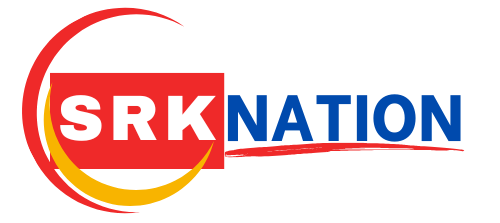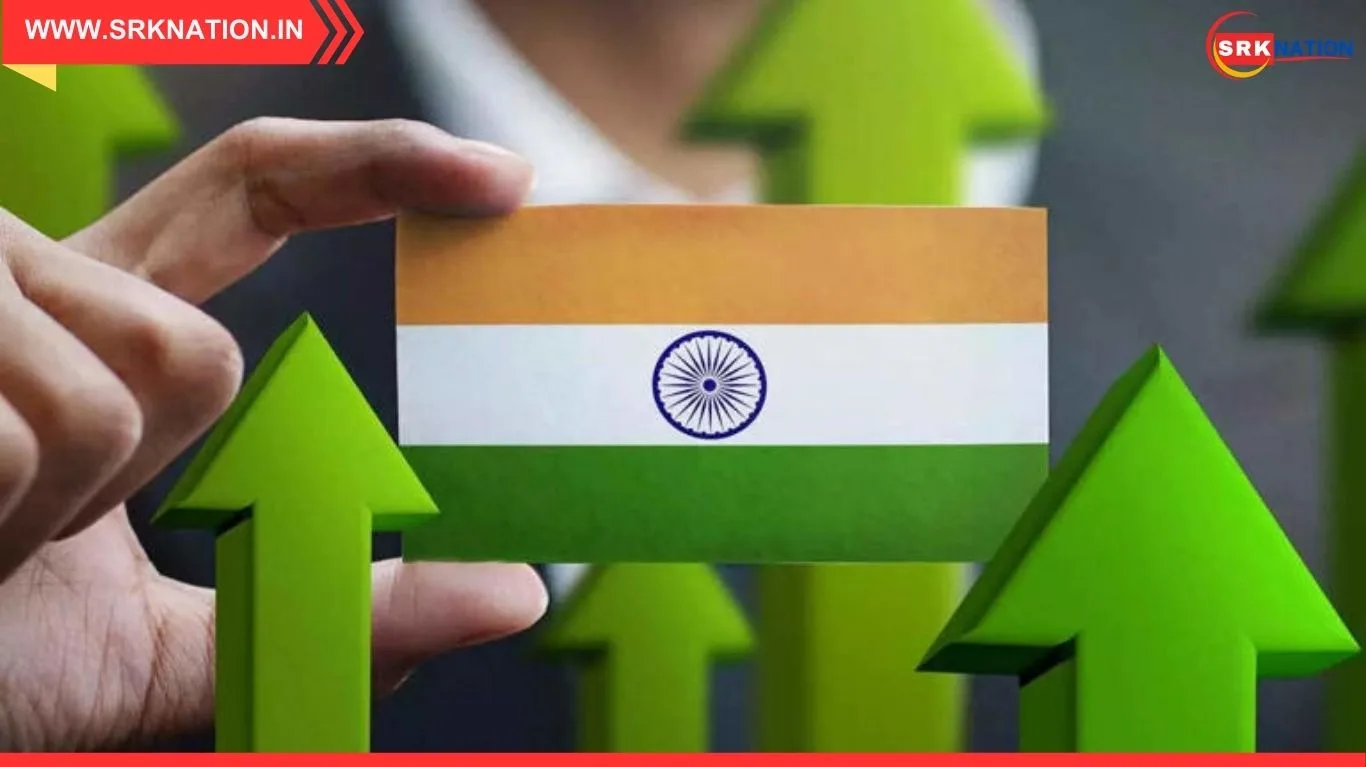Manipal Hospitals, one of India’s largest healthcare chains, has acquired Pune-based Sahyadri Hospitals from Ontario Teachers’ Pension Plan Board (OTPP) in a deal valued at $760 million (approximately ₹6,300 crore). This strategic move marks Manipal’s aggressive expansion into Maharashtra, strengthening its foothold in western India’s competitive private hospital market.
Key highlights of the acquisition
- Buyer: Manipal Hospitals (backed by Temasek and TPG Capital)
- Seller: Ontario Teachers’ Pension Plan Board, Canada
- Target: Sahyadri Hospitals chain (8 hospitals, ~900 beds)
- Deal value: $760 million (~₹6,300 crore)
- Region impact: Pune and western Maharashtra become new hubs for Manipal
Background of Sahyadri Hospitals
Founded in 2004 by Dr. Charudutt Apte, Sahyadri Hospitals is western Maharashtra’s largest hospital chain. It operates:
| City | No. of Hospitals | Specialties Offered |
|---|---|---|
| Pune | 6 | Multi-specialty, oncology, neurology, orthopaedics |
| Nashik | 1 | Cardiology, critical care |
| Karad | 1 | General medicine, surgery |
The chain has a strong reputation for affordable tertiary care with modern infrastructure and high patient inflow from urban and rural Maharashtra.
Why Manipal acquired Sahyadri
Manipal’s top leadership outlined the strategic rationale:
- Immediate scale addition in Maharashtra with minimal time-to-market delay.
- Complementary network with Manipal’s existing hospitals in Bengaluru and Mangaluru, creating a strong western and southern corridor.
- Diversification of patient base beyond Karnataka and Andhra Pradesh.
- Access to Sahyadri’s strong oncology and neurology verticals, enhancing Manipal’s specialty portfolio.
- Strengthening its position to compete with pan-India hospital chains like Apollo Hospitals, Max Healthcare, and Fortis Healthcare.
Ontario Teachers’ exit
Ontario Teachers’ Pension Plan Board had acquired a majority stake in Sahyadri Hospitals in 2019 for ₹1,000 crore. The current sale to Manipal at ₹6,300 crore represents a significant return on investment (ROI), underlining the attractiveness of India’s private healthcare sector for global pension and sovereign funds.
Market analysts on the deal
Healthcare M&A analysts believe the transaction:
- Signals continued consolidation in Indian private healthcare with regional chains being acquired by national players.
- Reflects investor confidence in hospital assets with strong local brand equity and healthy financials.
- Will drive up competition in Maharashtra’s healthcare sector, potentially improving patient access and quality benchmarks.
Financial performance of Sahyadri Hospitals
| Financial year | Revenue (₹ crore) | EBITDA margin (%) |
|---|---|---|
| FY21 | 540 | 14 |
| FY22 | 610 | 16 |
| FY23 | 685 | 18 |
The chain has consistently improved its profitability through operational efficiencies, digital transformation, and expansion in oncology and critical care.
Manipal Hospitals’ growth trajectory
Manipal Hospitals is owned by Temasek (Singapore sovereign fund) and TPG Capital (US private equity). Its growth milestones include:
- 2021: Acquired Columbia Asia Hospitals for ₹2,100 crore, adding 1,300 beds across India.
- 2022: Acquired Vikram Hospital, Bengaluru for ₹350 crore.
- 2023: Entered partnerships with leading oncology centres to expand cancer treatment services.
The Sahyadri deal will take Manipal’s total bed capacity to 9,500+ beds across 35+ hospitals, cementing its position as India’s second-largest private hospital chain after Apollo Hospitals.
Sector consolidation trends
India’s private healthcare landscape is witnessing rapid consolidation driven by:
- Rising middle-class demand for quality tertiary care.
- Preference for trusted hospital brands with pan-India presence.
- Investors seeking scalable, recession-proof assets with stable cash flows.
- Smaller regional players looking to exit due to intense capital and compliance demands.
Future plans post-acquisition
Manipal Hospitals has indicated:
- Retaining Sahyadri’s existing clinical and management teams to ensure patient trust continuity.
- Integrating digital health platforms for unified patient records and telemedicine services.
- Upgrading oncology, cardiac, and transplant facilities to international standards.
- Exploring hub-and-spoke models in western India for better rural and semi-urban healthcare outreach.
Challenges ahead
Despite strategic advantages, Manipal faces:
- Integration challenges including standardising processes, aligning cultures, and unifying IT systems.
- Managing competitive pricing while maintaining profitability amid insurance and CGHS tariff pressures.
- Navigating Maharashtra’s regulatory landscape, especially for hospital expansion and land acquisition for new projects.
Expert comments
Healthcare consultant Dr. Rohit Jain observed:
“This is a win-win deal. Sahyadri gains from Manipal’s capital and expertise; Manipal gains from Sahyadri’s brand and market leadership in Maharashtra.”
Indian private healthcare: M&A outlook
According to PwC India’s recent healthcare report, over the next 5 years:
- India will witness $10-12 billion in hospital sector deals.
- Growth will be driven by Tier 2 and Tier 3 cities where branded private hospitals are scarce.
- Specialties like oncology, nephrology, and organ transplant will attract the highest investments.
Conclusion
The $760 million Manipal-Sahyadri transaction underscores India’s emerging status as a high-growth healthcare investment destination. With rising incomes, health awareness, and insurance coverage, private hospital chains are set to expand aggressively, transforming India’s healthcare delivery landscape.
Disclaimer
This article is intended for informational and journalistic purposes only. It does not constitute investment or legal advice. Readers are advised to consult qualified financial advisors or sector experts before making decisions based on this report.











